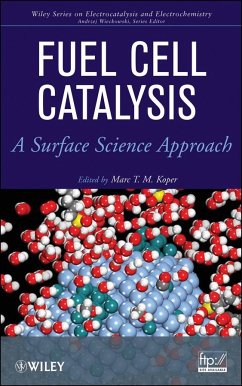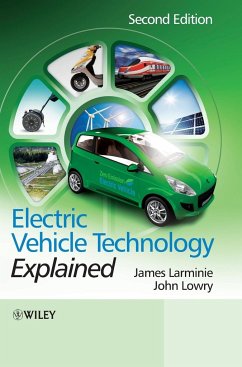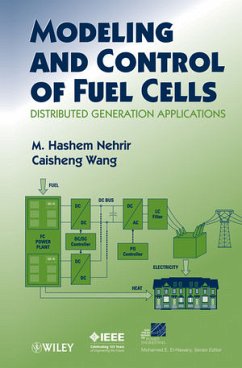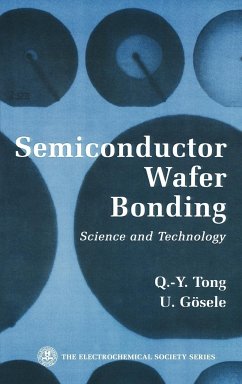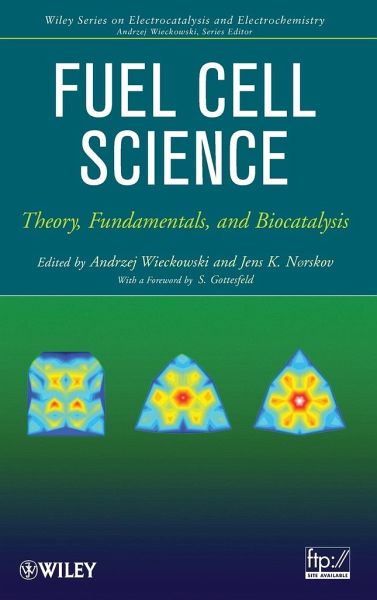
Fuel Cell Science
Theory, Fundamentals, and Biocatalysis
Eds.: Wieckowski, Andrzej; Norskov, Jens
Versandkostenfrei!
Versandfertig in über 4 Wochen
182,99 €
inkl. MwSt.
Weitere Ausgaben:

PAYBACK Punkte
91 °P sammeln!
This book provides a modern problem-solving compendium to help meet challenges in fuel cell science and technology worldwide. Along with the scientific foundation of this technology, the coverage includes recently developed strategies for the design, preparation, and characterization of catalytic materials for fuel cell electrodes, especially for new fuel cell cathodes. The methodology described includes a wide spectrum of methods for spurring new fuel cell catalysis concepts and improving existing designs to increase their performance. This is a key resource for a wide range of engineering an...
This book provides a modern problem-solving compendium to help meet challenges in fuel cell science and technology worldwide. Along with the scientific foundation of this technology, the coverage includes recently developed strategies for the design, preparation, and characterization of catalytic materials for fuel cell electrodes, especially for new fuel cell cathodes. The methodology described includes a wide spectrum of methods for spurring new fuel cell catalysis concepts and improving existing designs to increase their performance. This is a key resource for a wide range of engineering and research scientist, professionals, and entrepreneurs.




